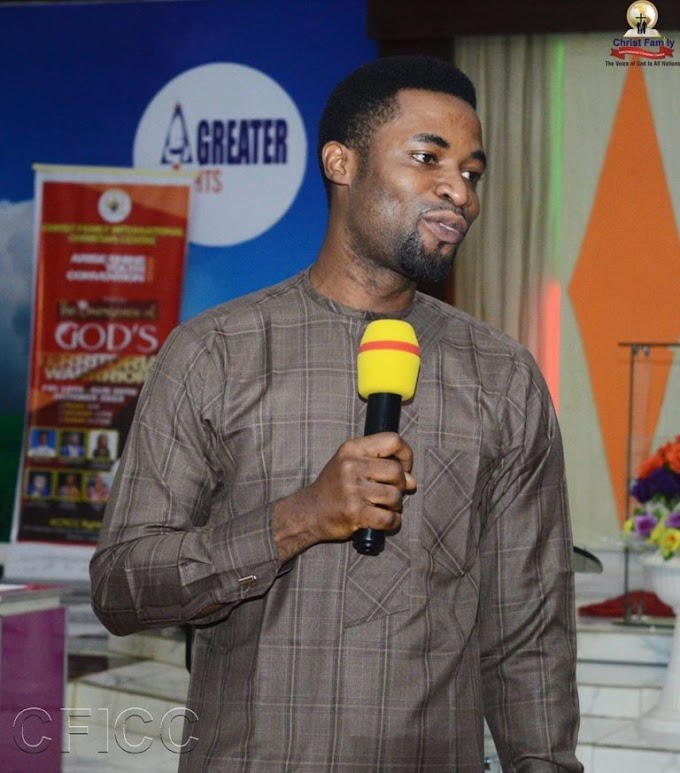Aimee Elizabeth Semple McPherson (née Kennedy; October 9, 1890 – September 27, 1944), also known as Sister Aimee or Sister, was a Canadian Pentecostal evangelist and media celebrity in the 1920s and 1930s,[1] famous for founding the Foursquare Church. McPherson pioneered the use of modern media in religious services, using radio to draw on the growing appeal of popular entertainment and incorporating stage techniques into her weekly sermons at Angelus Temple, an early megachurch.
In August 1925, McPherson chartered a plane to Los Angeles to give her Sunday sermon. Aware of the opportunity for publicity, she arranged for followers and press at the airport. The plane failed after takeoff and the landing gear collapsed, sending the nose of the plane into the ground. McPherson used the experience as the narrative of an illustrated sermon called "The Heavenly Airplane", featuring the devil as pilot, sin as the engine, and temptation as propeller.
On another occasion, she described being pulled over by a police officer, calling the sermon "Arrested for Speeding". Dressed in a traffic cop's uniform, she sat in a police motorcycle and blared the siren.[54] One author in attendance wrote that she drove the motorcycle across the access ramp to the pulpit, slammed the brakes, and raised a hand to shout "Stop! You're speeding to Hell!"
McPherson employed a small group of artists, electricians, decorators, and carpenters, who built sets for each service. Religious music was played by an orchestra. McPherson also worked on elaborate sacred operas. One production, The Iron Furnace, based on the Exodus story, saw Hollywood actors assist with obtaining costumes.
Though McPherson condemned theater and film as the devil's workshop, its techniques were co-opted. She became the first woman evangelist to adopt cinematic methods to avoid dreary church services. Serious messages were delivered in a humorous tone. Animals were frequently incorporated. McPherson gave up to 22 sermons a week, including lavish Sunday night services so large that extra trolleys and police were needed to help route the traffic through Echo Park. To finance the Temple and its projects, collections were taken at every meeting.
McPherson preached a conservative gospel, but used progressive methods, taking advantage of radio, movies, and stage acts. She attracted some women associated with modernism, but others were put off by the contrast between her message and her presentation.
The battle between fundamentalists and modernists escalated after World War I.[62] Fundamentalists generally believed their faith should influence every aspect of their lives. Despite her modern style, McPherson aligned with the fundamentalists in seeking to eradicate modernism and secularism in homes, churches, schools, and communities.
The appeal of McPherson's revival events from 1919 to 1922 surpassed any touring event of theater or politics in American history. She broke attendance records recently set by Billy Sunday and frequently used his temporary tabernacle structures to hold her meetings. One such revival was held in a boxing ring, and throughout the boxing event, she carried a sign reading "knock out the Devil". In San Diego the city called in the National Guard to control a revival crowd of over 30,000 people.
FAITH HEALING MINISTRY
Main article: Faith healing ministry of Aimee Semple McPherson
McPherson's ability to draw crowds was also greatly assisted by her faith healing presentations. According to Nancy Barr Mavity, an early McPherson biographer, the evangelist claimed that when she laid hands on sick or injured persons, they got well because of the power of God in her. During a 1916 revival in New York, a woman in advanced stages of rheumatoid arthritis was brought to the altar by friends. McPherson laid hands on her and prayed, and the woman apparently walked out of the church without crutches. McPherson's reputation as a faith healer grew as people came to her by the tens of thousands. McPherson's faith-healing practices were extensively covered in the news and were a large part of her early-career success. Over time, though, she largely withdrew from faith-healing, but still scheduled weekly and monthly healing sessions which remained popular until her death.









0 Comments